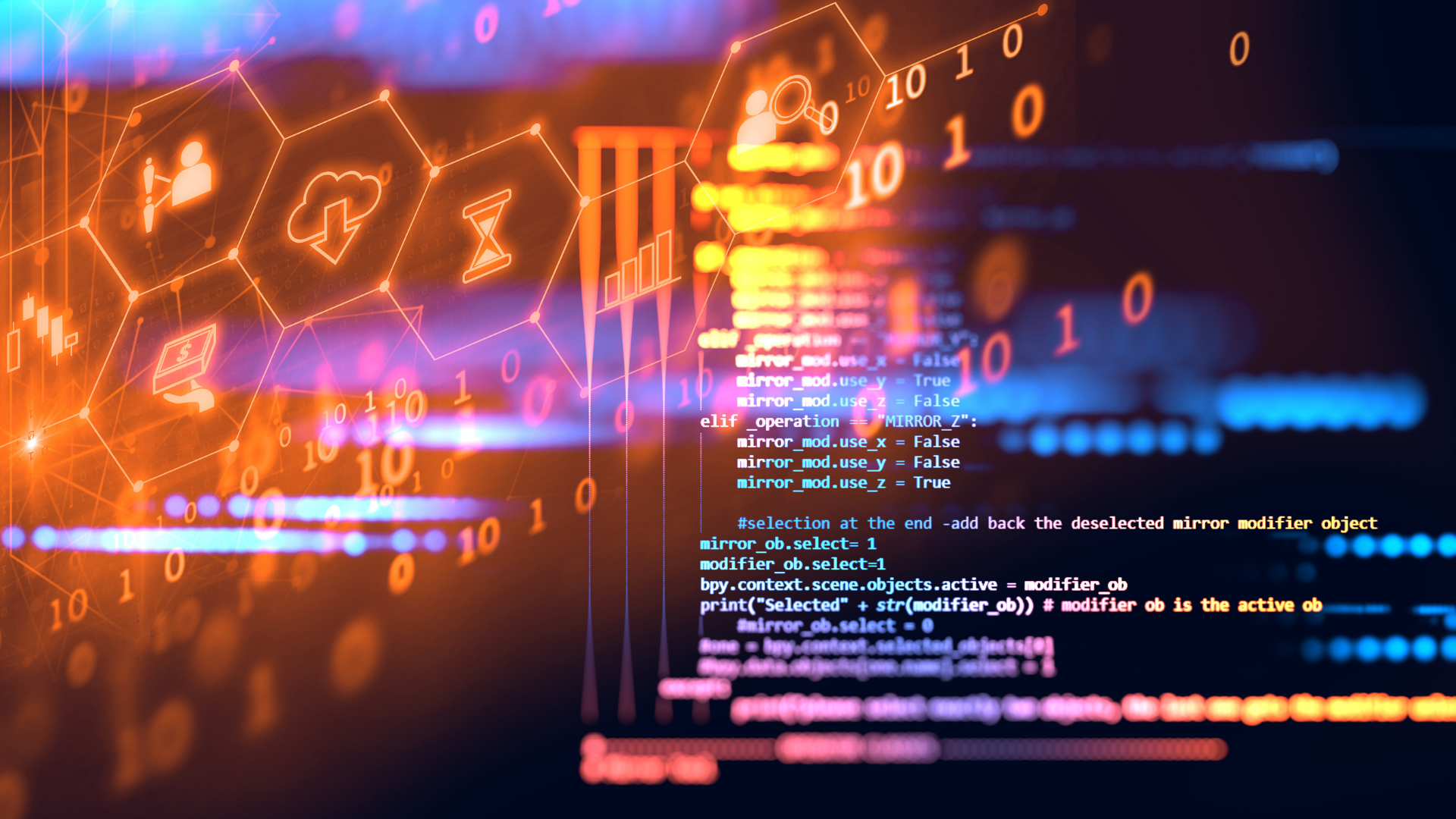A Buyer’s Guide to Evaluating & Selecting Remote Visual Assistance Software
Mar 29, 2021 • Features • Michael Blumberg • Digital Transformation • softrware and apps • Technology
What exactly is RVA, and why is it rapidly gaining traction? In this article by Michael Blumberg, President of Blumberg Advisory Group, we'll get to know more about this game-changing technology.
Remote Visual Assistance (RVA) is not exactly new technology. It has been around for a couple of years now pre-COVID. However, it was only until COVID that it gained the attention of many businesses.
RVA is one of the emerging solutions amid the challenges posed by the pandemic. But what exactly is RVA, and why is it gaining the attention it has today? In Blumberg Advisory Groups’ Buyer’s Guide to RVA Software, we’ll get to know this game-changing tech, why it is a worthwhile investment, and what to look for in an RVA software fit for your business.
WHAT IS REMOTE VISUAL ASSISTANCE (RVA)?
Remote Visual Assistance (RVA) incorporates augmented reality, including merged reality and 3D annotation, along with video collaboration tools to create a virtual environment where the receiver and provider of support can communicate instantly, on-demand, and in real-time.
It can deliver guided troubleshooting and remote assistance to customers and field engineers through remote virtual assistance software. These features meet the challenges of the COVID-19 pandemic, which has limited companies from sending onsite customer support due to health and safety concerns. This is one of the primary reasons RVA has become the new expectation for service delivery within the Aftermarket Service Industry (i.e., field service, call center, technical support).
USE CASES FOR RVA SOFTWARE
Field Service Leaders consider remote assistance software due to its many uses in the Aftermarket Service Industry. As it continues to prove its value to businesses, it has slowly become the preferred model for onsite service. Below are the most common use cases by business function:
- Call Center - Technical Support: Remote Support, Troubleshooting, and Triage, Customer Self-Service
- Field Service: Second Tier Support, Cross Border Support, Workforce Productivity, Scheduled Service
- Others: Application Support, Training, and Onboarding
BENEFITS OF RVA SOFTWARE
To get a more clear picture of the benefits that RVA software provides to companies, below are recorded improvements of companies who utilize RVA software in their business operations:
- 30% reduction in time to resolution
- 20% improvement in phone fix rate
- 35% increase in first-time fix
- 30% increase in customer satisfaction
The numbers above serve as proof of how RVA has enabled companies to optimize their service delivery performance continually. It has helped lower costs by resolving calls remotely and efficiently and avoiding FSE dispatching. Companies are also able to meet and exceed customer expectations through RVA. Besides improving operations, RVA also has a role in reaching business growth objectives - by monetizing its RVA investment when offering remote support or using RVA as a paid service.
CORE FUNCTIONALITIES A RVA SOFTWARE MUST HAVE
When looking for the best RVA software, there are three general core functionalities to look for: (1) collaboration, (2) access and communication, and (3) enterprise administration.
Collaboration: RVA software must have the ability to allow people at different locations to give and receive help through a remote, collaborative experience. There is a broad array of features that can support collaboration. The most critical of these features are 3D annotation.
Access and Communication: A successful remote session is where the giver and receiver can quickly communicate in real-time. Various features make this possible, including but not limited to in-app messaging and mobile web browser support.
System Administration: As with any software, RVA must-have system administration features that provide user access, manages user accounts, monitor system security, and perform many other functions such as call reporting & analytics, and platform integration, and API support.
A complete description of core RVA feature functionality can be found in Blumberg Advisory Groups’ Buyer’s Guide to RVA Software.
RVA SOFTWARE VENDOR CAPABILITIES
Now that you know the key features an RVA solution must contain, the next step is to evaluate vendor capabilities. Here is an overview of the core capabilities and competencies you can use to assess a potential RVA vendor:
- Application Ease Of Use: End-users can quickly deploy the software
- Customer Success Management: Strong bench of implementation subject matter experts
- Strategic Coaching: The vendor offers ongoing guidance on using RVA in other parts of the customer’s organization.
- Maturity Model Framework: Roadmap for end-user organizations to evaluate areas for improvement and future growth.
- Partnership Approach: Vendor is responsive, flexible, and collaborative; has built a partner network.
- Enterprise-Grade Support: Vendor’s support team can support the needs and requirements of enterprise size customers and integrate their RVA software with enterprise systems.
QUESTIONS TO ASK YOUR RVA SOFTWARE VENDOR
Blumberg Advisory Group has also identified a few Should Ask Questions (SAQs) which are critical questions you can ask your vendors to make the best final selection. For instance:
- How sound is the vendor's company?
- How easy is the product to use and implement?
- What level of security and certification does the application have?
- How will the vendor support your future requirements?
- What is the vendor's track record?
- How scalable is the vendor's solution?
The Buyer’s Guide provides model answers to these questions to help you evaluate and select an RVA software solution.
Read more of Blumberg Advisory Group’s in-depth analysis of Visual Remote Assistance by getting a copy of the full version of the Buyer’s Guide today at go.helplightning.com/2021BuyersGuide.
Further Reading:
- Read more articles by Michael Blumberg @ www.fieldservicenews.com/michael-blumberg
- Read the 2021 Remote Assistance Buyer's Guide @ go.helplightning.com/2021BuyersGuide
- Read more about Digital Transformation @ www.fieldservicenews.com/digital-transformation
- Follow Michael Blumberg on Twitter @ twitter.com/blumberg1
- Connect with Michael Blumberg directly by email @ michaelblumberg@blumbergadvisor.com





















 Field Service News is published by 1927 Media Ltd, an independent publisher whose sole focus is on the field service sector. As such our entire resources are focused on helping drive the field service sector forwards and aiming to best serve our industry through honest, incisive and innovative media coverage of the global field service sector.
Field Service News is published by 1927 Media Ltd, an independent publisher whose sole focus is on the field service sector. As such our entire resources are focused on helping drive the field service sector forwards and aiming to best serve our industry through honest, incisive and innovative media coverage of the global field service sector.
Leave a Reply